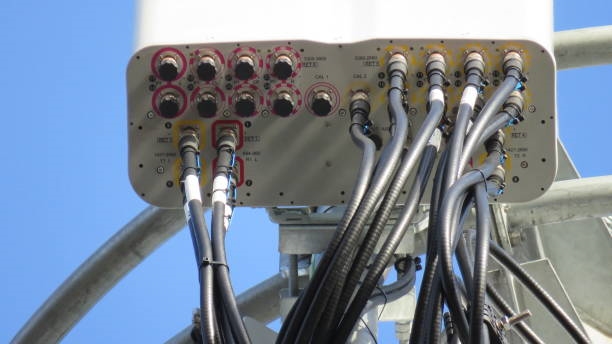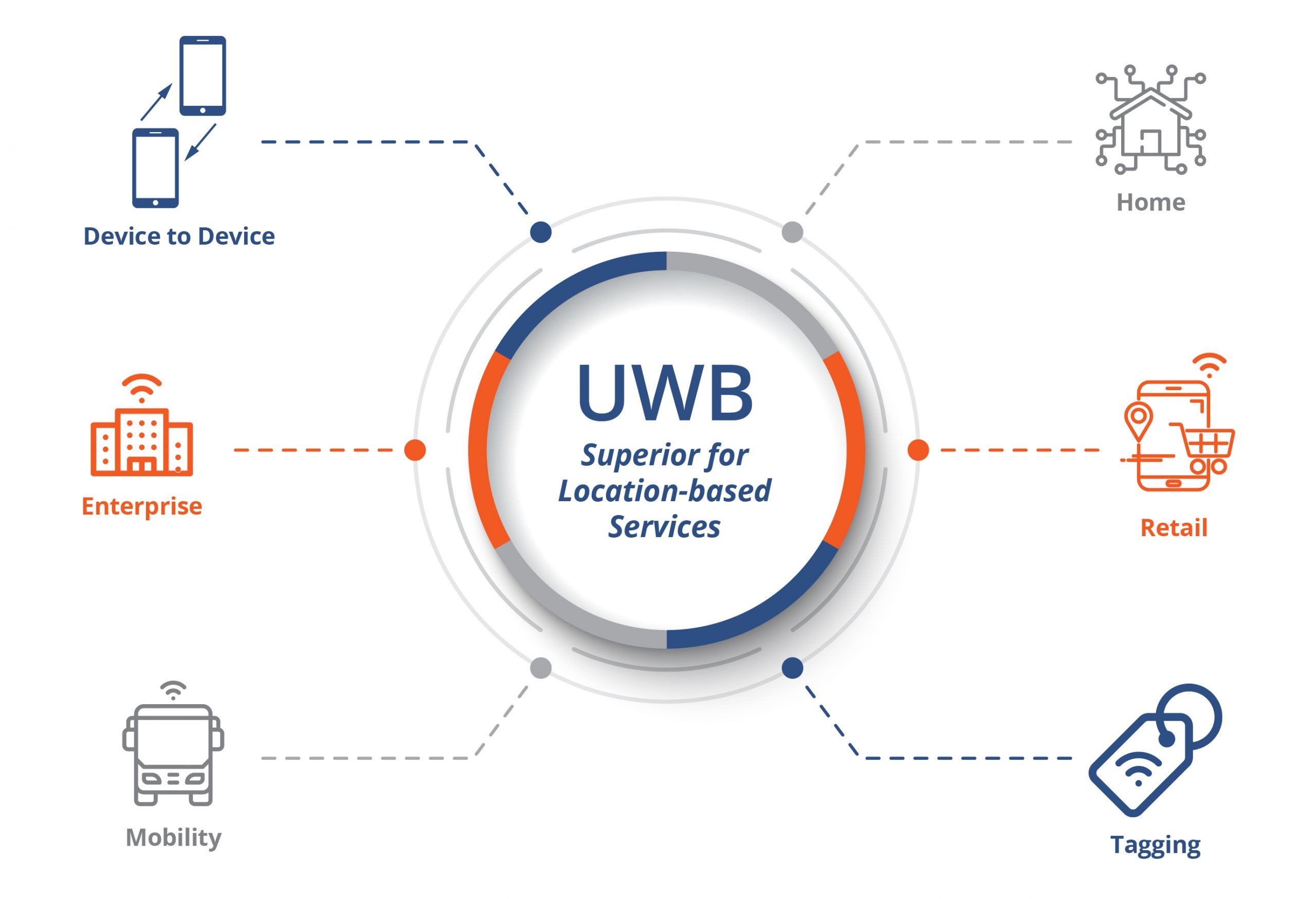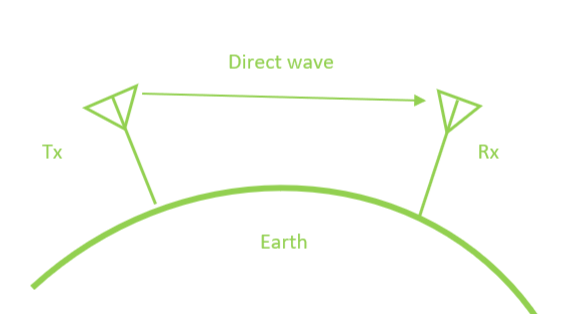Monopulse radar technology enables precise target tracking by determining a target¡¯s position and predicting its trajectory within the radar¡¯s coverage area. This article explores how monopulse radars achieve accurate distance and angle tracking, focusing on the techniques used for distance, azimuth, and elevation tracking, tailored for radar engineers and system designers.
Distance Tracking
Distance tracking in pulse radars is typically achieved using a technique known as range gating, which automatically tracks a target as its distance changes. The range gate consists of two components: an ¡°Early Gate¡± and a ¡°Late Gate.¡±
The radar echo includes both noise and the target¡¯s reflection. The Early Gate, positioned near the leading edge of the target echo, captures energy from the echo¡¯s early portion. Conversely, the Late Gate, located near the trailing edge, captures energy from the echo¡¯s later portion. By comparing the signals detected by the Early and Late Gates, the system adjusts the tracking gate to align with the target echo, ensuring accurate distance tracking.
Angle Tracking
In tracking mode, radars monitor a target¡¯s azimuth and elevation angles. Monopulse tracking is a preferred method in modern radars due to its high accuracy and resistance to deception techniques. Unlike traditional methods requiring multiple pulses or conical scanning, monopulse radar derives angle information from a single pulse, enabling faster and more precise tracking.
Monopulse systems use two to four simultaneous beams, typically arranged in a stacked configuration for elevation and side-by-side for azimuth. By processing echoes received across all channels simultaneously, the system mitigates errors caused by temporal variations in the echo. Angle tracking can be implemented using either amplitude-comparison or phase-comparison monopulse techniques.
Amplitude-Comparison Monopulse
In amplitude-comparison monopulse radar, as defined by IEEE standards, the angular deviation of a target from the antenna¡¯s boresight is determined by comparing the signal amplitudes received in two antenna patterns. These patterns may consist of a pair of beams offset from the boresight or a difference beam (odd-symmetric) and a sum beam (even-symmetric) relative to the antenna axis. Four channels can form sum and difference patterns for azimuth and elevation.
Each of the four beams is slightly offset from the boresight, typically overlapping at their half-power beamwidths. By comparing the echo signals received by two beams in the same plane, an angular error signal is generated. This error voltage is amplified and used to drive a motor, adjusting the antenna to minimize the error. Since both beams receive the echo simultaneously, the angle error can be determined rapidly, theoretically from a single pulse.
In sum-and-difference processing, the signals from the two beams are combined to produce sum and difference signals. If the target is aligned with the boresight (equal-signal axis), the echo amplitudes are equal, and the difference signal is zero, indicating no angular error. If the target deviates from the boresight, the difference signal¡¯s amplitude is proportional to the angular error, and its phase indicates the direction of deviation. The sum signal is used for target detection, distance tracking, and as a phase reference for the error signal.
Phase-Comparison Monopulse
Phase-comparison monopulse systems use two or four antennas to illuminate a far-field target. Unlike amplitude-comparison systems, where beams are squinted, phase-comparison systems maintain parallel beams.
When the target is centered on the boresight, the radar echoes arrive at both antennas simultaneously with identical phases. If the target is off-axis, the echo arrives at one antenna with a phase delay relative to the other, proportional to the angular offset. This phase difference is used to calculate the target¡¯s angular position.
Phase-comparison monopulse offers higher angular accuracy, while amplitude-comparison monopulse provides a better signal-to-noise ratio. However, monopulse tracking requires two or four independent beams, necessitating multiple antennas or an active electronically scanned array (AESA), which increases system complexity and cost.
Limitations
While monopulse tracking is highly precise, its performance is optimal only when tracking a single target. The presence of multiple targets or multipath reflections within the radar¡¯s resolution cell can significantly degrade tracking accuracy, posing challenges in complex environments.
 ALLPCB
ALLPCB







